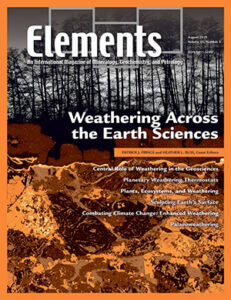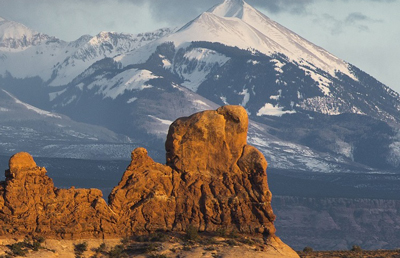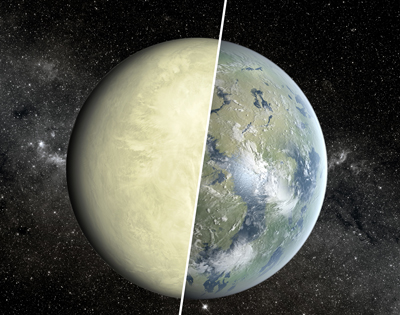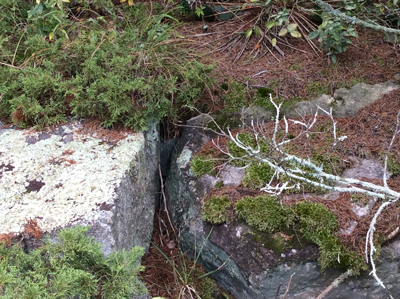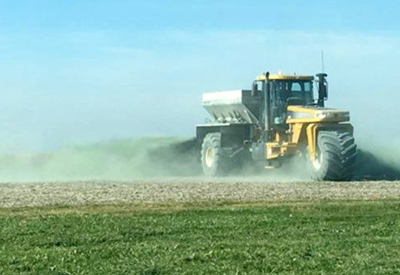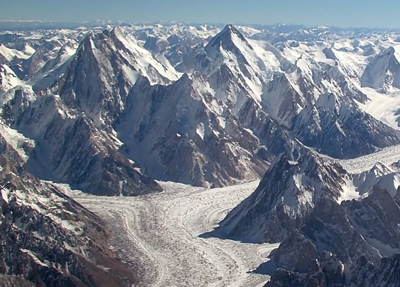Weathering Across the Earth Sciences
Patrick J. Frings and Heather L. Buss – Guest Editors
Table of Contents
Weathering processes play and integral role across a range of geoscience fields. Chemical weathering – the loss of mass by mineral dissolution and export – is key to understanding how Earth’s skin functions. Weathering is the starting point for the biogeochemical cycles of most elements. It determines river and groundwater chemistry and provides nutrients to ecosystems. Weathering alters rock structure and susceptibility to erosion; soil and landscape evolution cannot be understood without considering the role of chemical weathering. Weathering of silicate rocks is a long-term sink for atmospheric CO2, and has been crucial in maintaining our planet’s habitability over billions of years … and may constitute a geoengineering strategy. This issue explores the linkages between them.
- The Central Role of Weathering in the Geosciences
- The Goldilocks Planet? How Silicate Weathering Maintains Earth “Just Right”
- How Plants Enhance Weathering and How Weathering is Important to Plants
- Breaking it Down: Mechanical Processes in the Weathering Engine
- Combating Climate Change Through Enhanced Weathering of Agricultural Soils
- Palaeoweathering: How Do Weathering Rates Vary with Climate?
BIOMIN IV: 15th International Symposium on Biomineralization
CAMECA
Crystal Maker
Excalibur Mineral Corporation
International Association of Geoanalysts
Materials Research Society (MRS 2020 Spring Meeting & Exhibit)
ProtoXRD
Savillex
University of Wisconsin-Madison
Volume 15, Number 5 (October) • Catastrophic Events in Earth’s History and their Impact on the Carbon Cycle
GUEST EDITORS: Marie Edmonds (University of Cambridge, UK), Adrian Jones (University College London, UK), and Celina Suarez (University of Arkansas, USA)
Carbon is one of the most important elements on Earth. It is the basis of all life on the planet, is stored and mobilized throughout the Earth from core to crust, and is the basis of the energy sources that are so important to human civilization. This issue will explore the origins of carbon on Earth; the long-term carbon cycle; catastrophic and large-scale perturbations to Earth’s carbon cycle such as large igneous provinces and bolide impacts; carbon’s role in mass extinctions; and icehouse–greenhouse climate transitions in deep time. Deciphering the complex, and often faint, signals of distant carbon catastrophes requires a multidisciplinary effort and the most innovative analytical technology. This thematic collection comes at an important time in which carbon fluxes on Earth are changing rapidly. Society must understand the way in which the deep carbon-cycle on Earth works to secure a sustainable future.
- The Role of Deep Carbon in Deep Time Marie Edmonds, (University of Cambridge, UK), Adrian Jones (University College London, UK) and Celina Suarez (University of Arkansas, USA)
- The Origins of Earth’s Carbon Sami Mikhail (University of St Andrews, UK) and Evelyn Furi (Centre de Recherches Pétrographiques et Géochimiques, France)
- Large and Giant Bolide Impacts and their Environmental Consequences Balz S. Kamber (Trinity College Dublin, Ireland ; Queensland University of Technology, Australia) and Joseph A. Petrus (University of Melbourne, Australia)
- Deep Carbon and the Life Cycle of Large Igneous Provinces Ben Black (City University of New York, USA) and Sally Gibson (University of Cambridge, UK)
- Carbon Cycle Perturbations and Mass Extinctions Paul Wignall (University of Leeds, UK), Martin Schobben (Utrecht University, The Netherlands) and Bas van de Schootbrugge (Utrecht University, The Netherlands)
- Earth Outgassing and Icehouse–Greenhouse Climates in Deep Time, Ryan N. McKenzie (University of Hong Kong) and Hehe Jiang (William Marsh Rice University, USA)
- Planet Mercury (February 2019)
- Reactive Transport Modeling (April 2019)
- South Aegean Magmatic Arc (June 2019)
- Weathering: A Unifying Process in the Geosciences (August 2019)
- Catastrophic Perturbations to Earth’s Carbon Cycle (October 2019)
- Kimberlites (December 2019)



